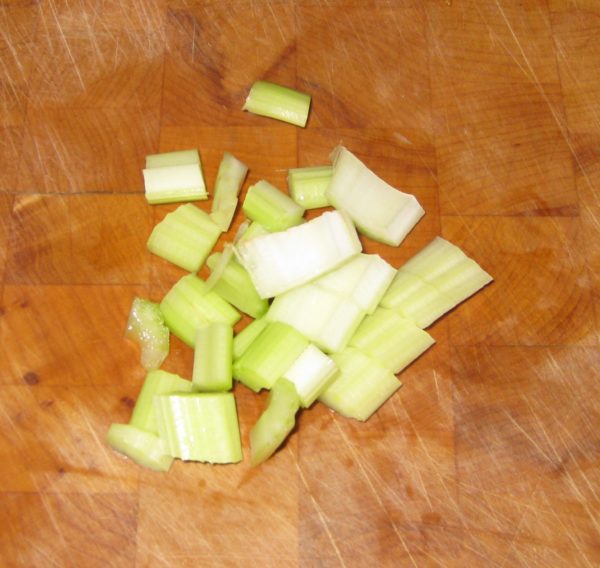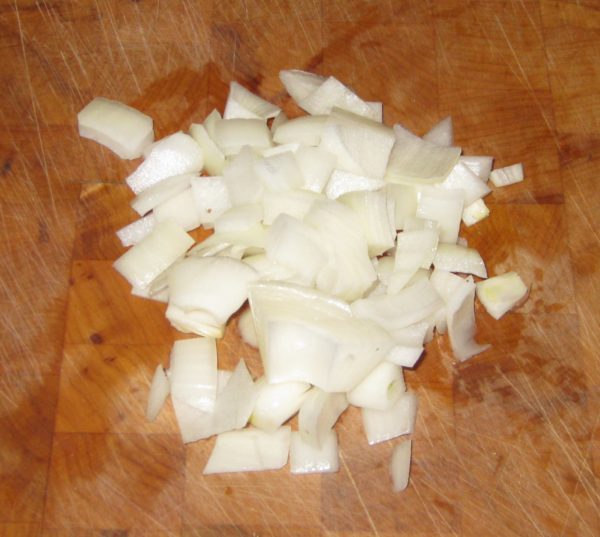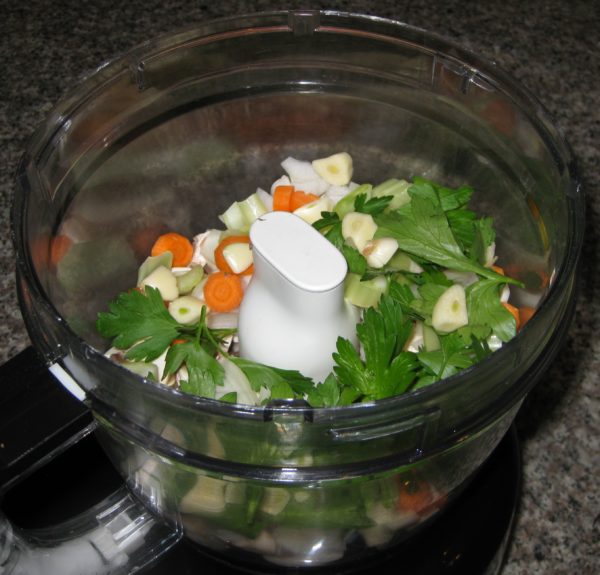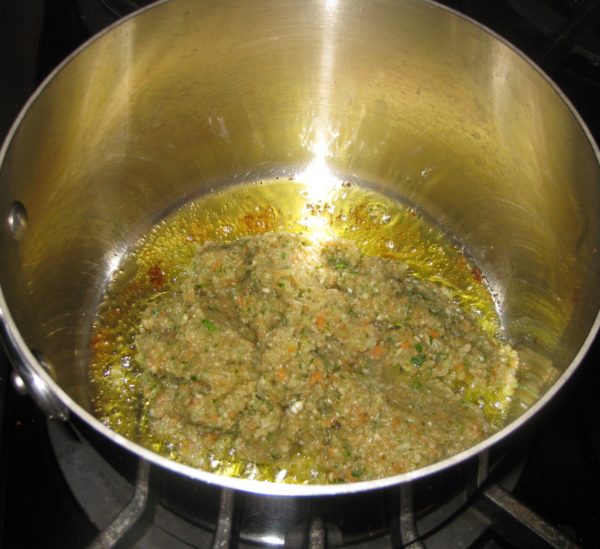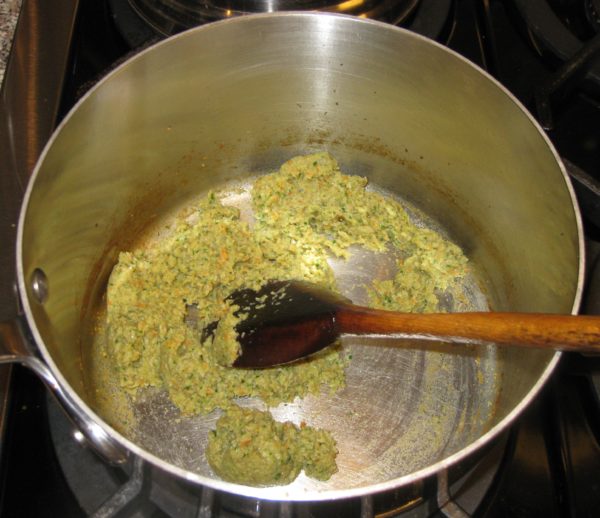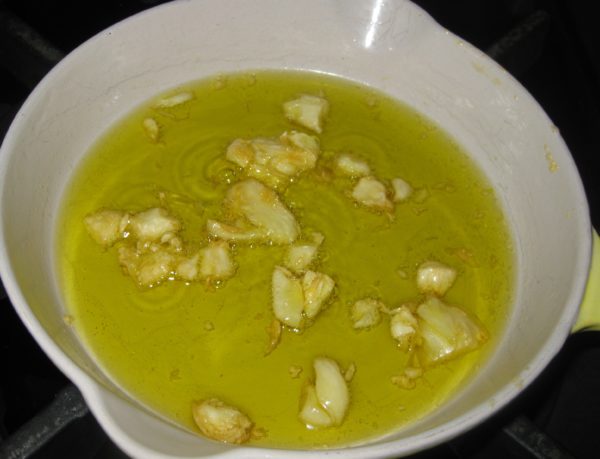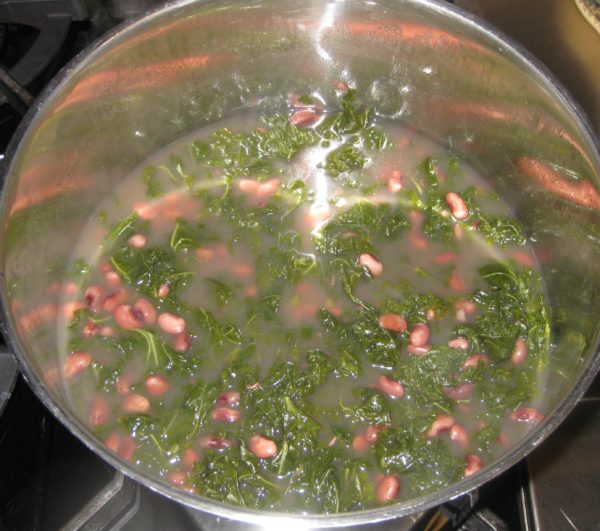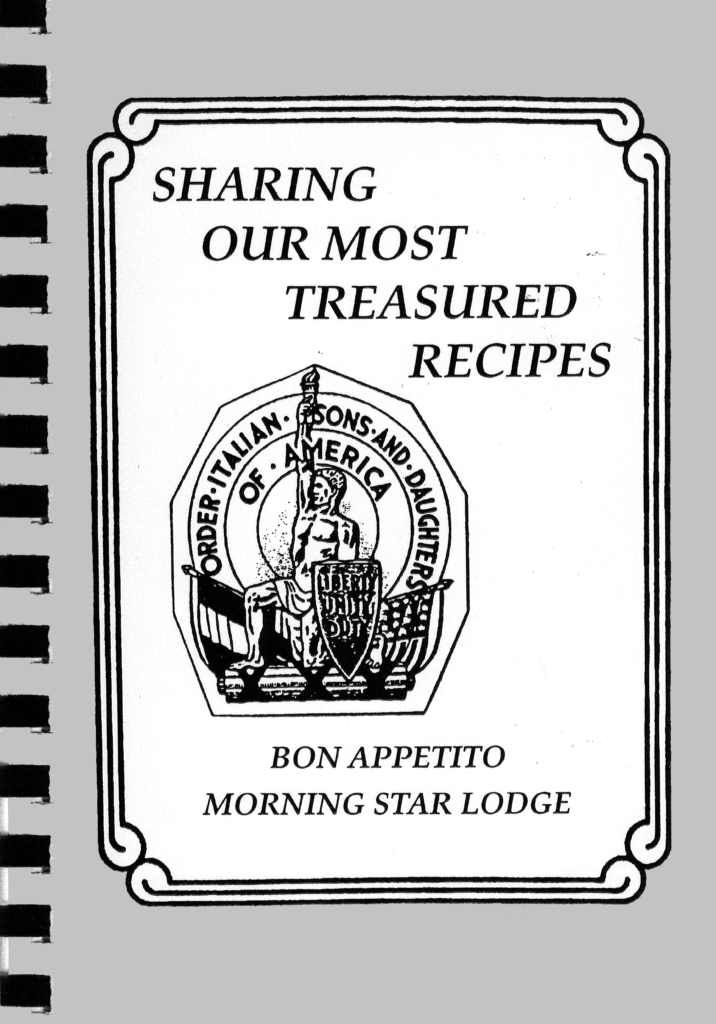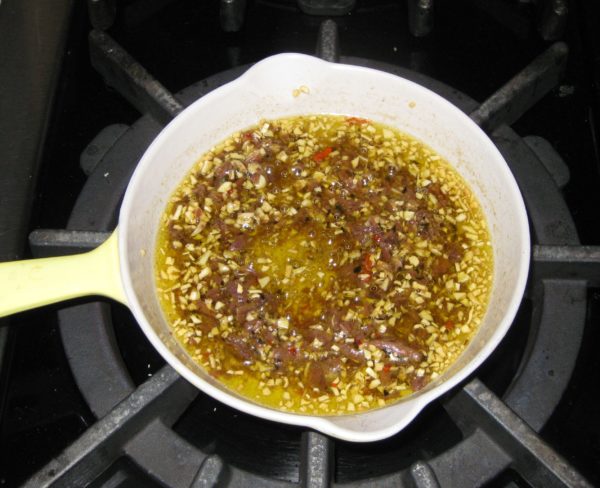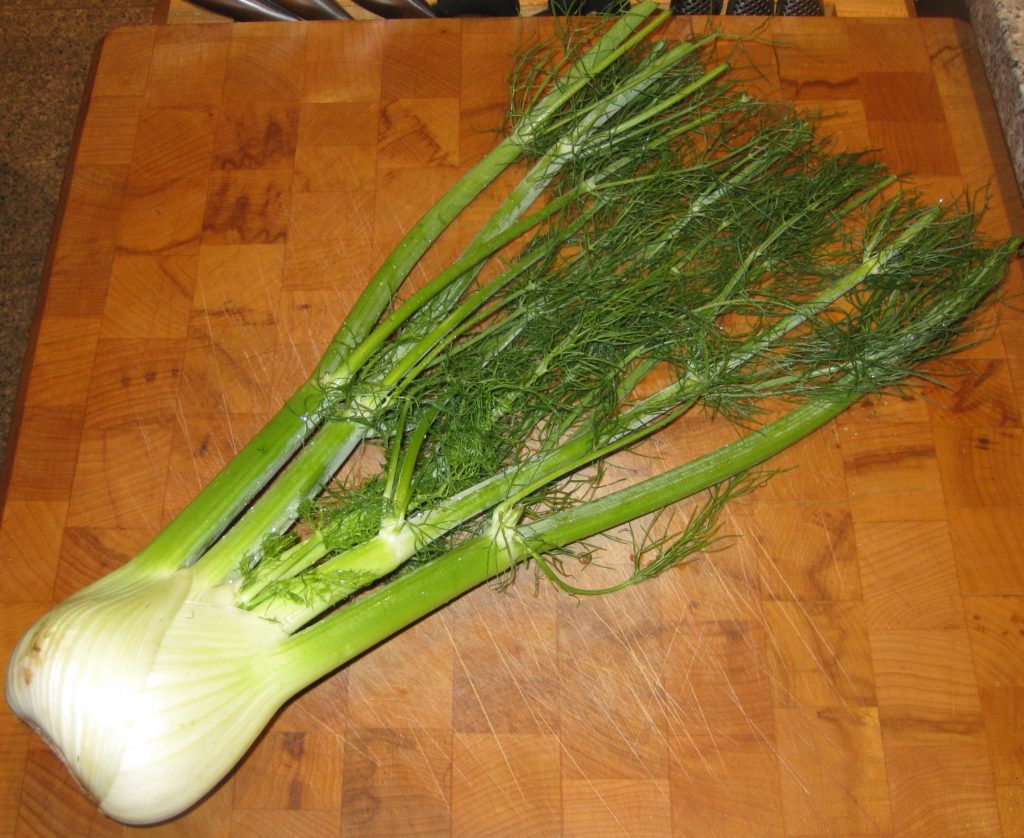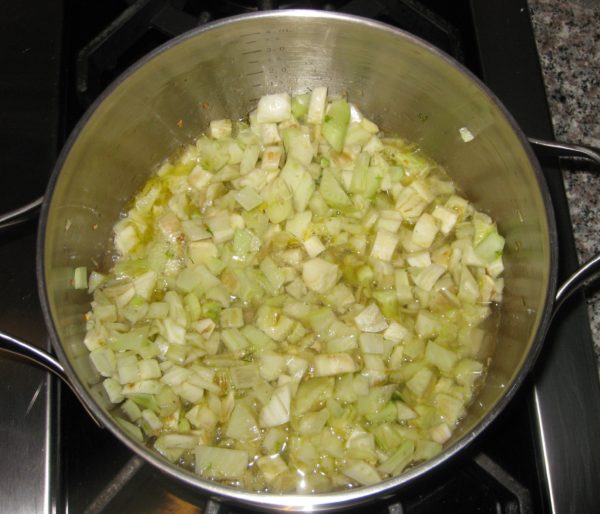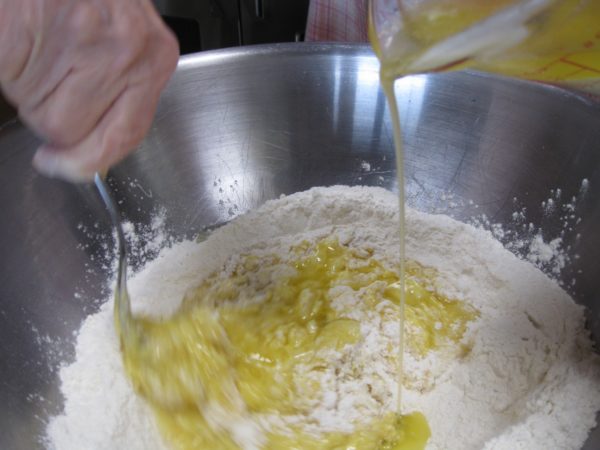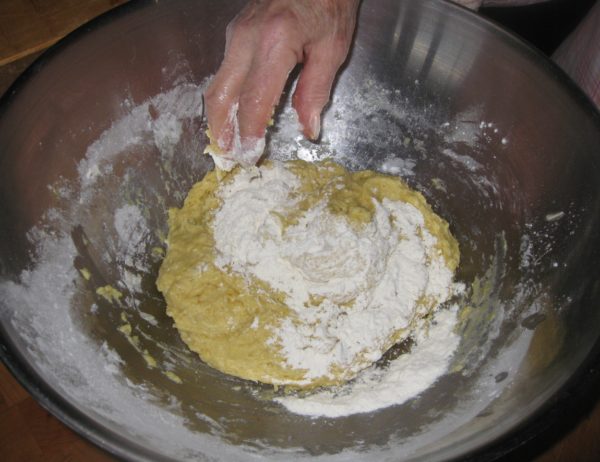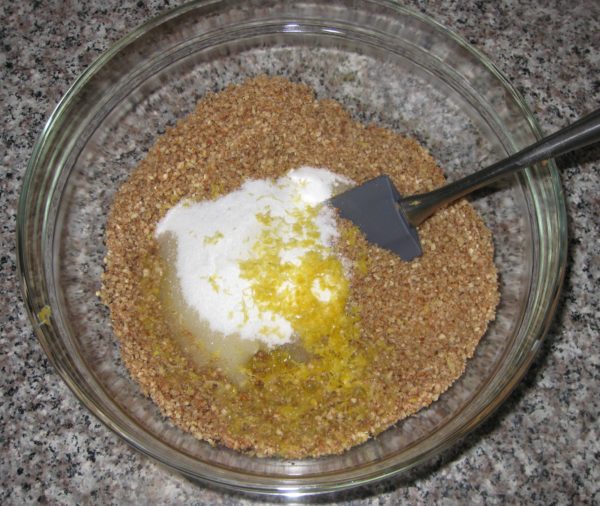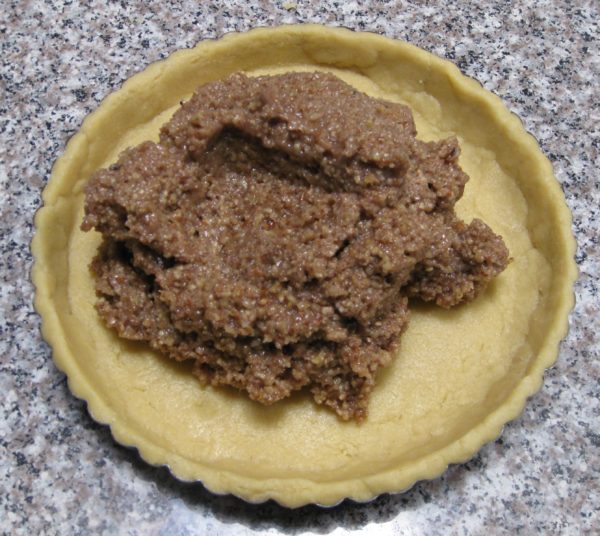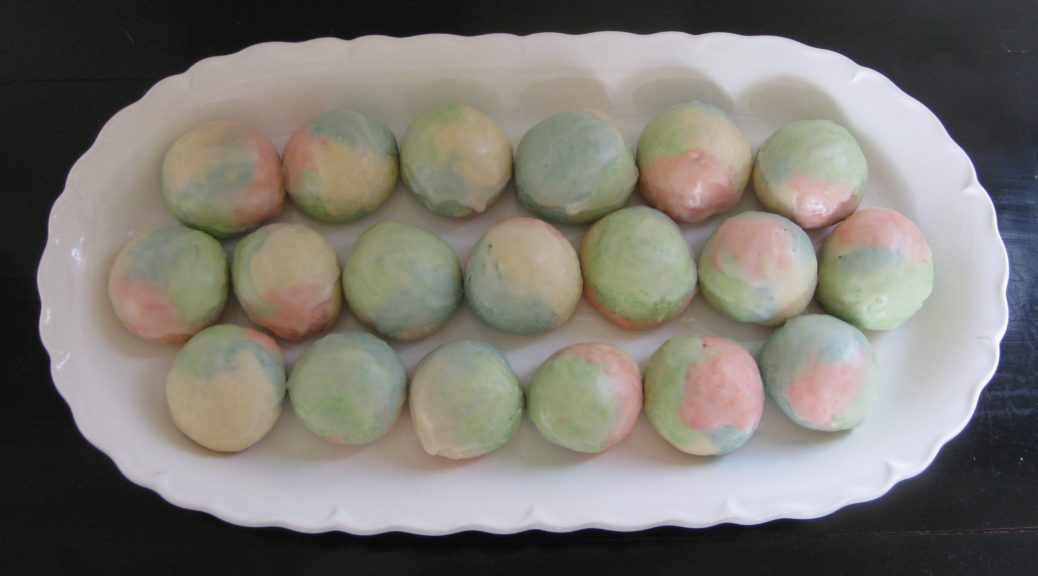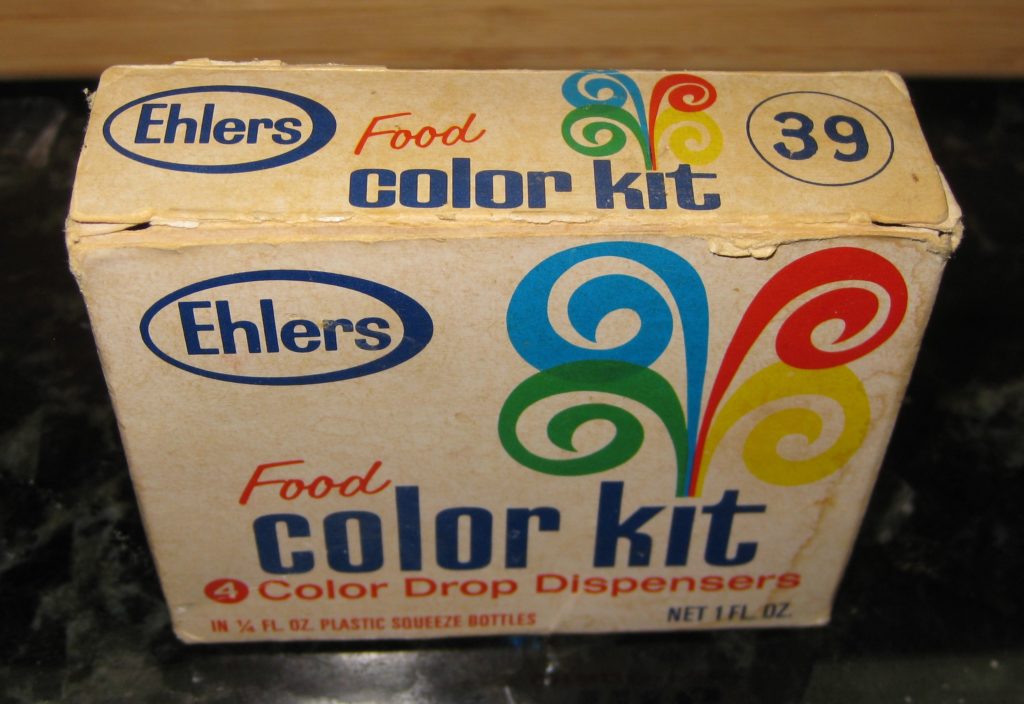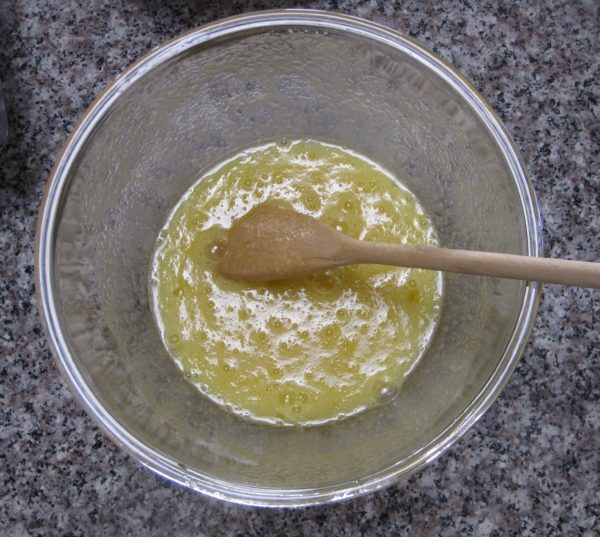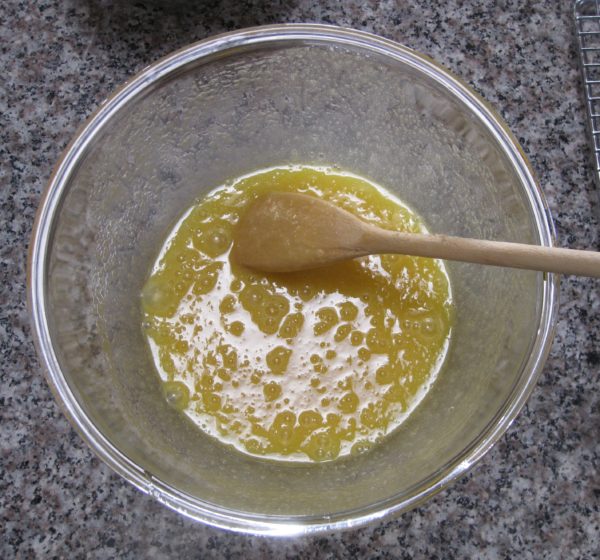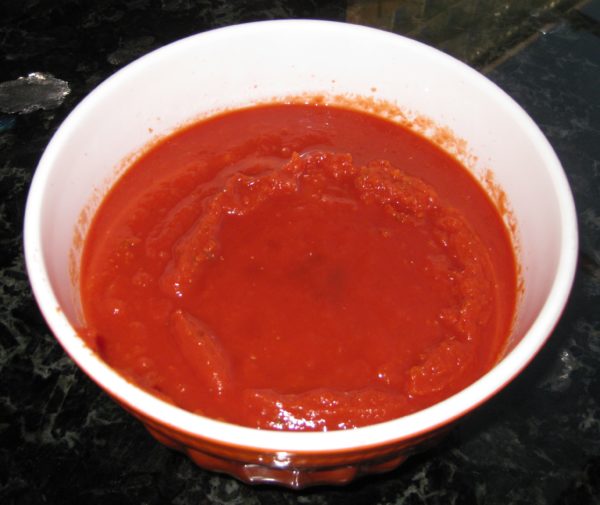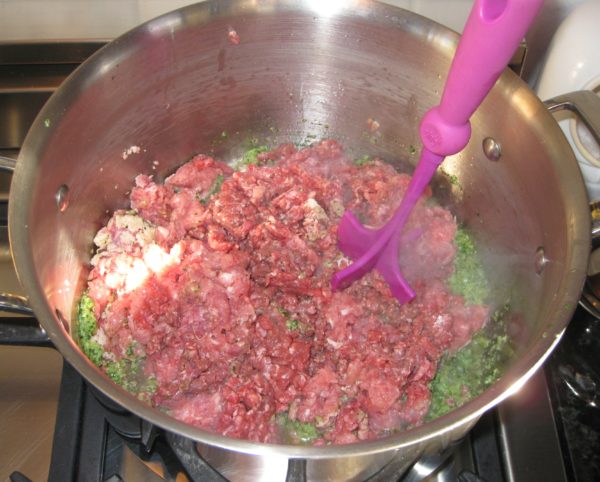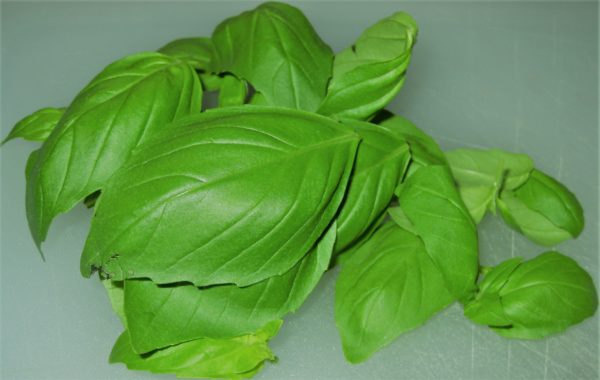February 22, 2018
Risotto isn’t really a recipe. It’s a technique.
Yes, there are a few quintessentially classic risotti for which precise instructions are needed (like Risotto alla Milanese) but, in general, you can adapt the technique to use an array of vegetables and other ingredients.
Risotto with Asparagus is a good example of a risotto where the vegetables are pre-cooked and added near the end. The same can be done with both peas and mushrooms, for example.
Risotto with Butternut Squash is an example of a risotto where the vegetables are added at the beginning and complete their cooking as the rice cooks. Though you wouldn’t think it would work, Risotto with Zucchini works the same way, as long as the zucchini are cut into thick slices.
Click HERE to join our mailing list and you’ll never miss a recipe again!
In a traditional Italian meal, risotto, pasta, and soup are all considered the same course: the first course (Il Primo Piatto). The first course follows the antipasto (which means, literally, before the pasta). Il Primo Piatto is followed by the second course (Il Secondo Piatto), consisting of fish, meat, or poultry and accompanied by several side dishes (contorni). The first and second courses have almost equal weight in an Italian meal; very different from an American meal.
While restaurants often par-cook a risotto so that it can be quickly finished for service, I find that cooking a risotto at home is best done “in the moment.” That means I only make risotto for a small group when everyone can hang out in the kitchen during the 45 minutes, or so, that it takes to cook. That pretty much consumes the cocktail hour. Because of this, for me, risotto is a dish for family or very close friends.
Follow us on your social media platform of choice
Risotto isn’t something I grew up eating. It is traditionally a Northern Italian dish. I also don’t remember Auntie Helen, who was from Rome, making risotto either.
As with much of Northern Italian cooking, my first introduction was through Marcella Hazan’s The Classic Italian Cookbook. Beyond that, my Italian repertoire grew based on trips to Italy, cooking with Italian friends, and ultimately, marrying into my husband’s very Northern Italian family.

Risotto with butternut squash is a wonderful dish for late fall and winter.
If you have a favorite family recipe and a bit of a story to tell, please email me at santafecook@villasentieri.com and we can discuss including it in the blog. I am expanding the scope of my blog to include traditional recipes from around the country and around the world. If you haven’t seen Bertha’s Flan or Melinda’s Drunken Prunes, take a look. They will give you an idea of what I’m looking for.
It is important to use what the Italians would call “riso per risotto” (rice for risotto). The rice used for risotto is short-grained. It can absorb a lot of liquid, turning creamy in the process while still maintaining the ideal “al dente,” (toothy) quality at the very core. The most commonly available types of rice for risotto are Arborio, Carnaroli, and Vialone Nano. Far and away, Arborio is the most common.
Since creaminess is the goal, rice used for risotto shouldn’t be washed. The little extra starch on the grains will improve the texture.
A well-made risotto gets almost all of its creamy texture from the cooking method, not from the addition of butter, cheese, or cream. To be sure, a bit of butter and Parmigiano Reggiano cheese are almost always added at the end but this should be for flavor, not to compensate for poor technique.
My most common quibble with risotto made in the United States is that it is overly rich with butter and cheese and (heaven forbid) sometimes cream.
To coax creaminess out of the rice, broth is added in small amounts and completely cooked off before the next bit is added. In general, the amount of broth I add each time is no more than 1/3 the quantity of rice I start with. For example, if I’m using one cup of rice, I add no more than 1/3 cup of broth each time liquid is needed. The rice should be stirred frequently, but not constantly.

| Prep Time | 15 minutes |
| Cook Time | 45 minutes |
| Servings |
people
|
- 1 1/2 cups butternut squash cut in ½ inch cubes
- 1 1/2 cups rice for risotto Arborio, Carnaroli or Vialone Nano
- 1/3 cup onion finely diced
- 2 cloves garlic minced
- 1/4 cup extra virgin olive oil
- 1 cup dry white wine divided
- 1/4 teaspoon rubbed sage or 1 minced fresh sage leaf
- 6 cups chicken broth preferably homemade and unsalted
- 1/2 cup Parmigiano Reggiano cheese freshly grated
- 2 tablespoons butter
Ingredients
|

|
- Bring the broth to a simmer.
- Meanwhile, heat a three or four quart heavy-bottomed saucepan over medium high heat. Add the olive oil.
- When the oil is hot, add the onion and garlic.

- Sauté, stirring frequently until the onion softens and turns translucent. Do not brown the onion. You may need to reduce the heat.

- When the onion is soft, return the heat to medium high and add the butternut squash.

- Sauté, stirring often, until the squash starts to soften, about five minutes. Be careful not to brown the onion or garlic.
- Add 1/3 cup of wine and immediately cover the pot. Cook another five minutes, stirring occasionally.
- Remove the cover and cook off any remaining wine.
- With the heat still on medium high, add the rice.

- Continue cooking, stirring frequently, until the outer portion of the rice becomes translucent while the inside remains opaque white.

- Add the remaining 2/3 cup of wine. Stir frequently, but not constantly, until the wine has totally evaporated. You will begin to see some starch leaching out of the rice. More and more of the starch will leach out as you cook the rice. This is what will make a creamy sauce, not a large quantity of butter, cheese, or cream.
- When the wine has evaporated, add a scant ½ cup of simmering broth. Stir thoroughly paying particular attention to loosening any spots where the starch seems to be sticking to the bottom of the pan. You don’t want to brown (or worse yet, burn) the starch.
- Stir frequently, but not constantly, until the broth has evaporated.
- If the broth is unsalted, as I recommend, you can add a teaspoon of salt to the rice as you begin to add broth. If the broth contains salt, I recommend not adding salt until the end.
- Keep repeating the process with a scant ½ cup of broth, cooking, stirring, and loosening any spots that are sticking until each addition of broth evaporates. The heat should stay as close as possible to medium high. The moderate boiling of the liquid will coax starch out of the rice to create the creaminess that is the hallmark of a good risotto.

- Add the sage after about 20 minutes of cooking.
- Begin tasting the rice for doneness at the same time. It will probably still be quite crunchy at the very core. Until you get the hang of it, I suggest testing a rice grain each time you add more broth so you develop a sense of how quickly the texture changes.
- Continue cooking, adding simmering broth or water as needed, until the rice is al dente. Once the rice is cooked, add another 1/2 cup of simmering broth, stir, and then immediately remove the rice from the heat.
- Off the heat, stir in the butter and Parmesan cheese.
- Stir in enough additional simmering broth or water to create a creamy “sauce.” The starch that you have coaxed out of the rice, plus the modest amount of butter and cheese, should allow you to add at least another ½ cup of liquid, possibly more.
- Taste and add salt and freshly ground black pepper to taste.

Check out the introduction to my recipe for Risotto with Asparagus for more information on making risotto.
Copyright © 2018 by VillaSentieri.com. All rights reserved.








